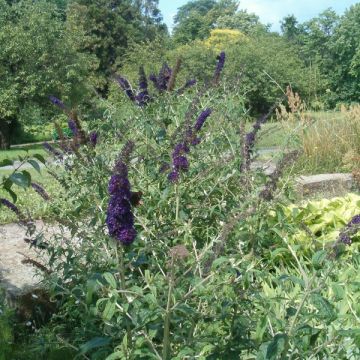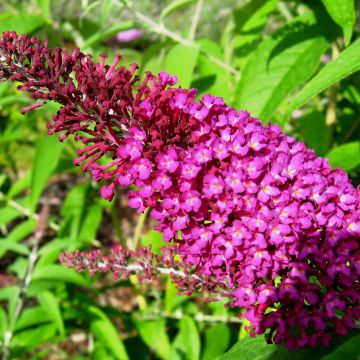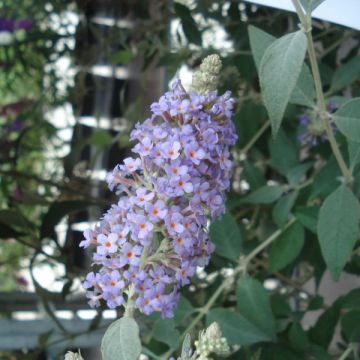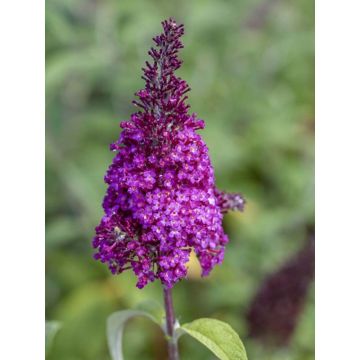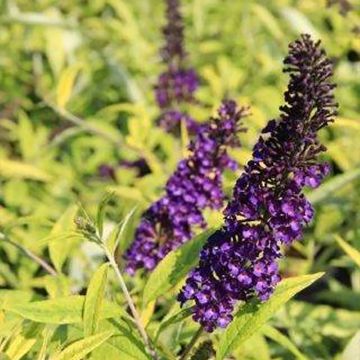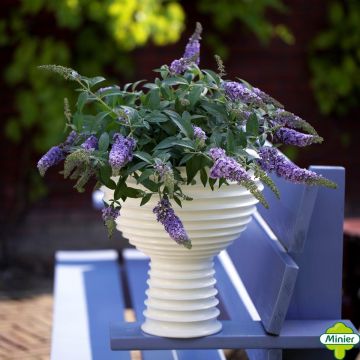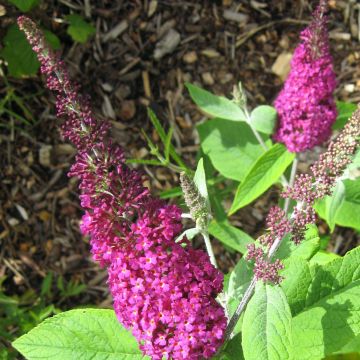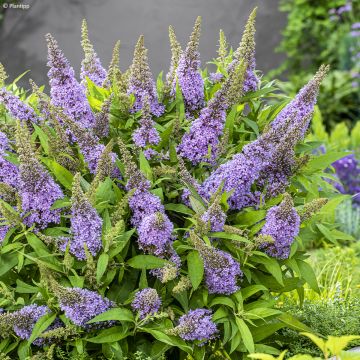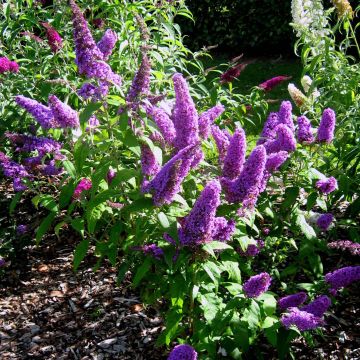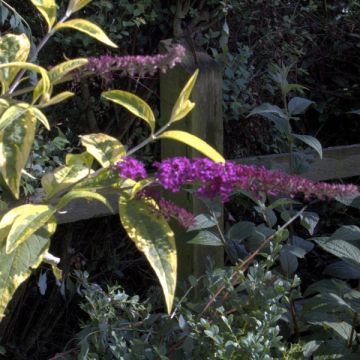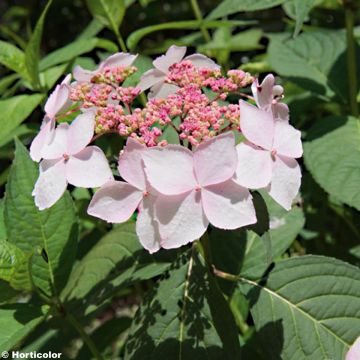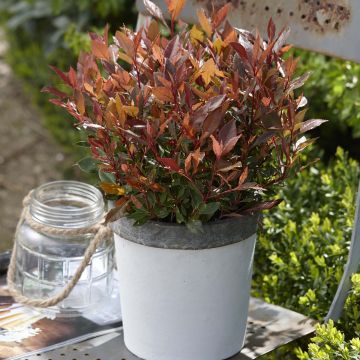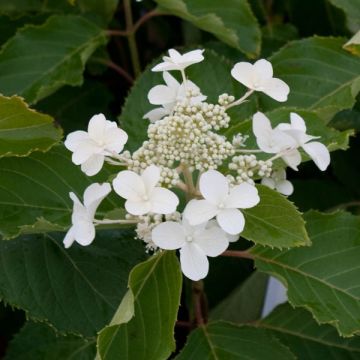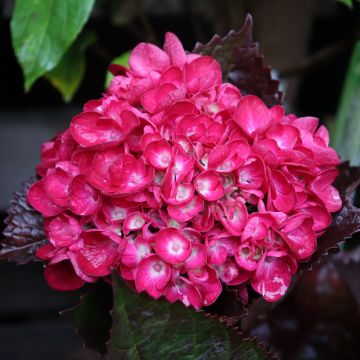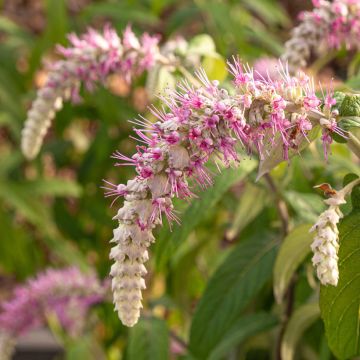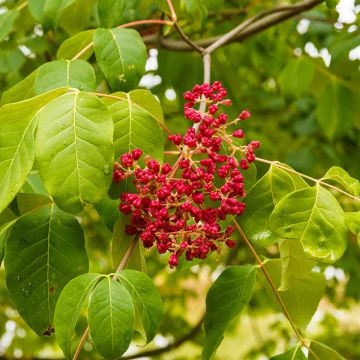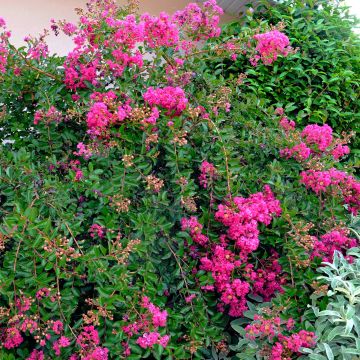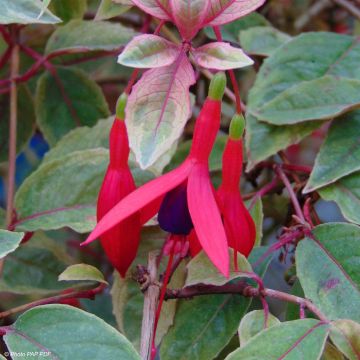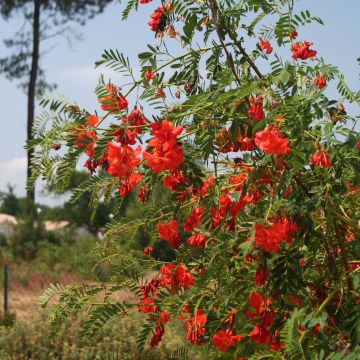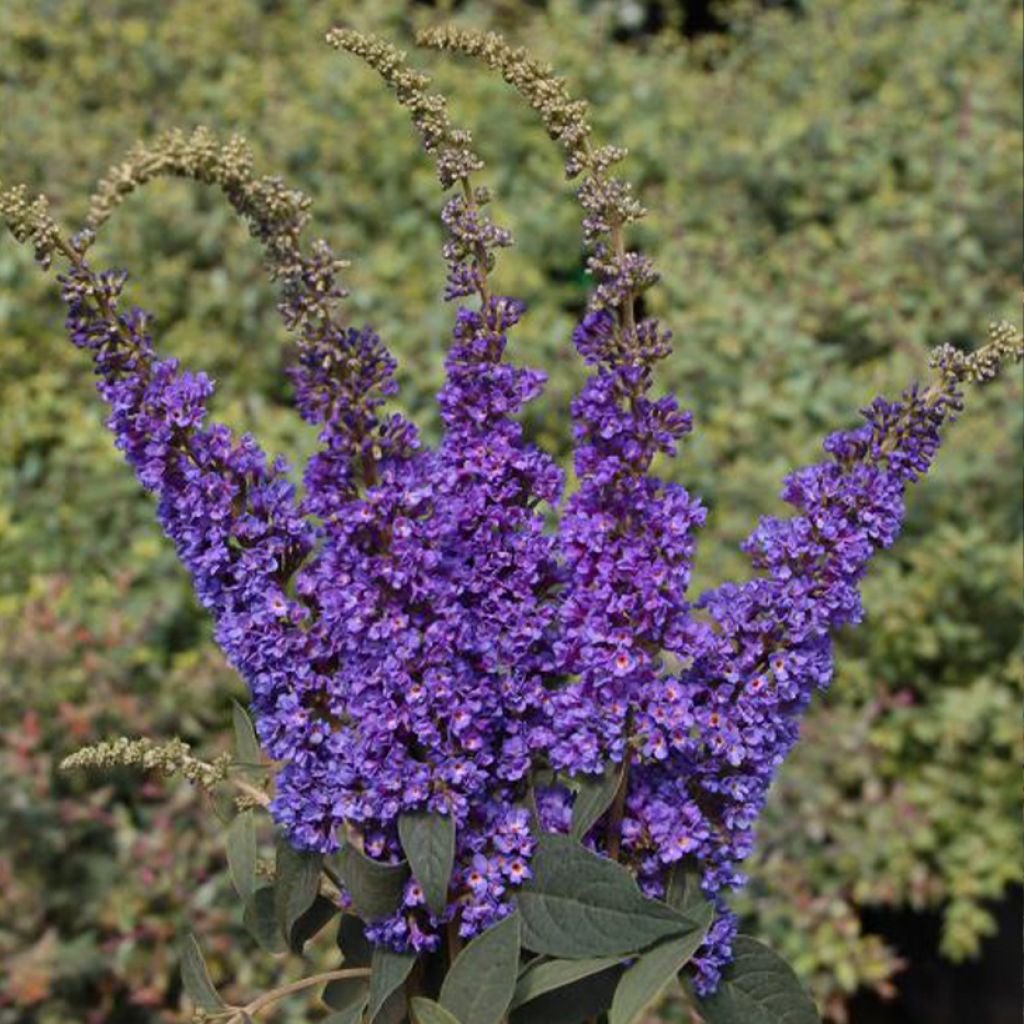

Buddleia Blue Chip Jr - Butterfly Bush
Buddleia Blue Chip Jr - Butterfly Bush
Buddleja Blue Chip Jr
Butterfly Bush, Summer Lilac
This item cannot be shipped to the selected country
Delivery charge from €5.90
More information
Delivery charge from €5.90
More information
Schedule delivery date,
and select date in basket
This plant carries a 24 months recovery warranty
More information
We guarantee the quality of our plants for a full growing cycle, and will replace at our expense any plant that fails to recover under normal climatic and planting conditions.
From €5.90 for pickup delivery and €6.90 for home delivery
Express home delivery from €8.90.
Does this plant fit my garden?
Set up your Plantfit profile →
Description
The Buddleia 'Blue Chip Jr' is an improved form of the famous 'Blue Chip' butterfly bush: it has even smaller dimensions and is also a cultivar with abundant and early flowering. This dwarf butterfly bush develops fragrant purplish-blue flower panicles on its fine greyish-green foliage throughout the summer. Its compact size is suitable for borders and sunny patios, and it is non-invasive.
The Buddleia is a shrub belonging to the scrophulariaceae family. It can be found along rivers, in rocky regions, and in copse areas in Asia, Africa, and America. These shrubs are appreciated for their panicles of small tubular flowers, often fragrant, which attract butterflies and earn them the nickname "butterfly plant". This shrub grows well in flowerbeds, preferably near a sunny wall. It blooms practically without interruption from June until the first frost.
'Blue Chip Jr' is a dwarf and non-invasive form that reaches 50 to 80 cm in all directions at maturity. It forms a compact ball and develops stout and arching branches that give it a beautiful bushy and trailing habit. It grows rapidly and flowers from June to October, producing an abundance of very dense flower panicles. These flowers are purplish-blue and release a sweet fragrance, highly sought after by pollinating insects. The highly ornamental foliage of this butterfly bush consists of long greyish-green leaves, with a greyish down on the underside. The leaves, 12 to 20 cm long, are pointed and lanceolate. This very hardy shrub does not suffer from occasional drought in deep soil.
The Buddleia davidii 'Blue Chip Jr' is easy to grow as it is a low-maintenance plant. It enjoys sunny locations but also blooms in partial shade. Plant it in spring or early autumn in ordinary, even poor and calcareous soil, as long as it is well-worked and well-drained. Once established, the plant can tolerate moderate periods of drought. Plant this small shrub in borders, flowerbeds, or pots on the terrace or balcony, including in coastal areas. Its soft-toned foliage will enhance red roses or the colourful panicles of dwarf summer lilacs. In a monochromatic theme, for example, you can plant it with a small purple Rudbeckia like the variety Little Magnus, whose flowers have a very different shape.
Plant habit
Flowering
Foliage
Botanical data
Buddleja
Blue Chip Jr
Buddlejaceae
Butterfly Bush, Summer Lilac
Buddleja Chip® x 'NC2009-3' Blue Chip Jr
Cultivar or hybrid
Other Buddleja -Butterfly bush
Planting and care
The Buddleia 'Blue Chip Jr' is easy to grow. Plant it preferably in a sunny location. It adapts to a wide range of soils and climates. It appreciates sunny spots, but also blooms in partial shade. Plant it in spring or early autumn, in ordinary soil, even chalky and poor, but well-worked and well-drained. Once well established, the plant will tolerate periods of moderate drought, especially if planted in deep soil. Buddleia has no significant enemies. However, beware of caterpillars, weevils, bugs, and red spiders that can invade it.
Planting period
Intended location
Care
This item has not been reviewed yet - be the first to leave a review about it.
Summer-flowering shrubs
Haven't found what you were looking for?
Hardiness is the lowest winter temperature a plant can endure without suffering serious damage or even dying. However, hardiness is affected by location (a sheltered area, such as a patio), protection (winter cover) and soil type (hardiness is improved by well-drained soil).

Photo Sharing Terms & Conditions
In order to encourage gardeners to interact and share their experiences, Promesse de fleurs offers various media enabling content to be uploaded onto its Site - in particular via the ‘Photo sharing’ module.
The User agrees to refrain from:
- Posting any content that is illegal, prejudicial, insulting, racist, inciteful to hatred, revisionist, contrary to public decency, that infringes on privacy or on the privacy rights of third parties, in particular the publicity rights of persons and goods, intellectual property rights, or the right to privacy.
- Submitting content on behalf of a third party;
- Impersonate the identity of a third party and/or publish any personal information about a third party;
In general, the User undertakes to refrain from any unethical behaviour.
All Content (in particular text, comments, files, images, photos, videos, creative works, etc.), which may be subject to property or intellectual property rights, image or other private rights, shall remain the property of the User, subject to the limited rights granted by the terms of the licence granted by Promesse de fleurs as stated below. Users are at liberty to publish or not to publish such Content on the Site, notably via the ‘Photo Sharing’ facility, and accept that this Content shall be made public and freely accessible, notably on the Internet.
Users further acknowledge, undertake to have ,and guarantee that they hold all necessary rights and permissions to publish such material on the Site, in particular with regard to the legislation in force pertaining to any privacy, property, intellectual property, image, or contractual rights, or rights of any other nature. By publishing such Content on the Site, Users acknowledge accepting full liability as publishers of the Content within the meaning of the law, and grant Promesse de fleurs, free of charge, an inclusive, worldwide licence for the said Content for the entire duration of its publication, including all reproduction, representation, up/downloading, displaying, performing, transmission, and storage rights.
Users also grant permission for their name to be linked to the Content and accept that this link may not always be made available.
By engaging in posting material, Users consent to their Content becoming automatically accessible on the Internet, in particular on other sites and/or blogs and/or web pages of the Promesse de fleurs site, including in particular social pages and the Promesse de fleurs catalogue.
Users may secure the removal of entrusted content free of charge by issuing a simple request via our contact form.

































